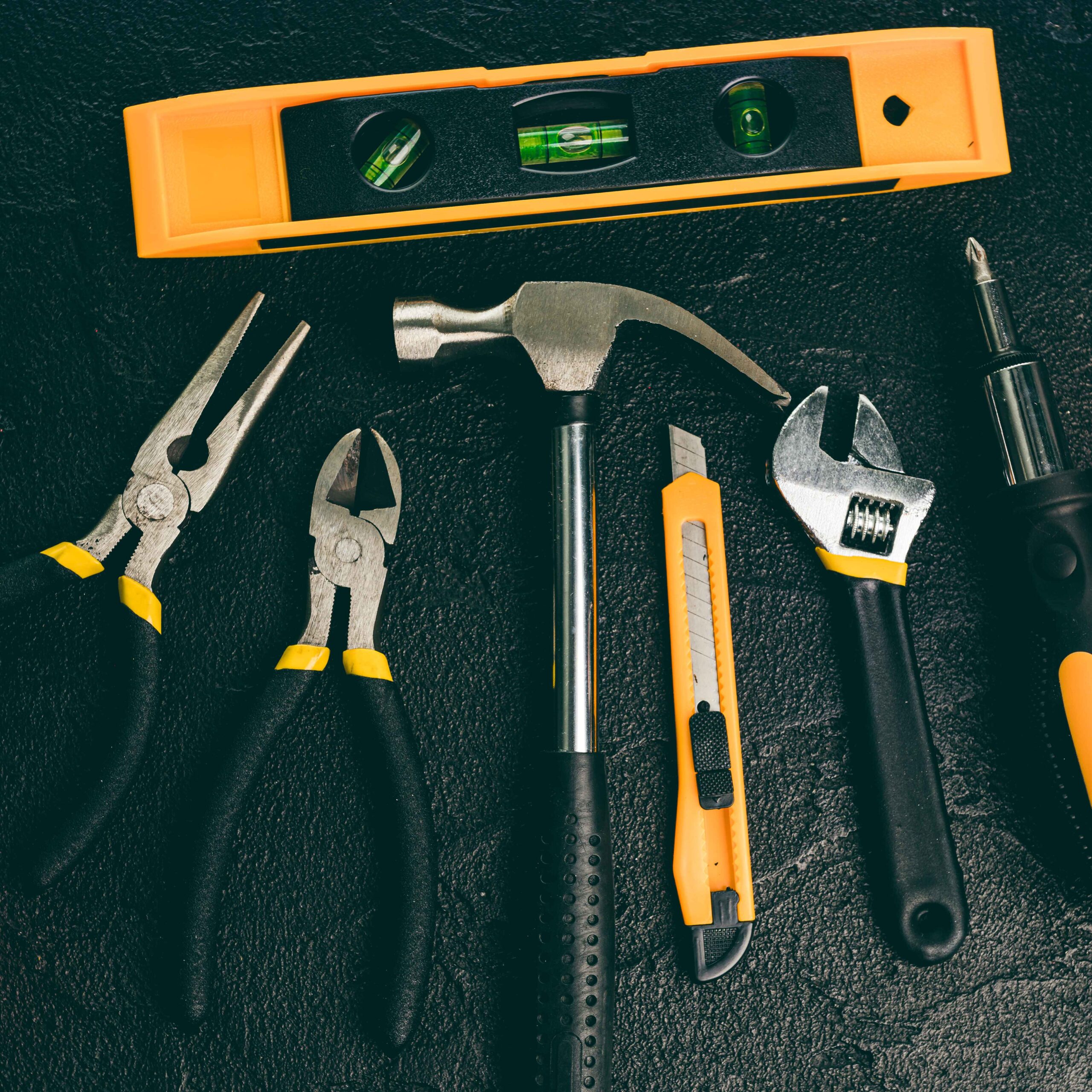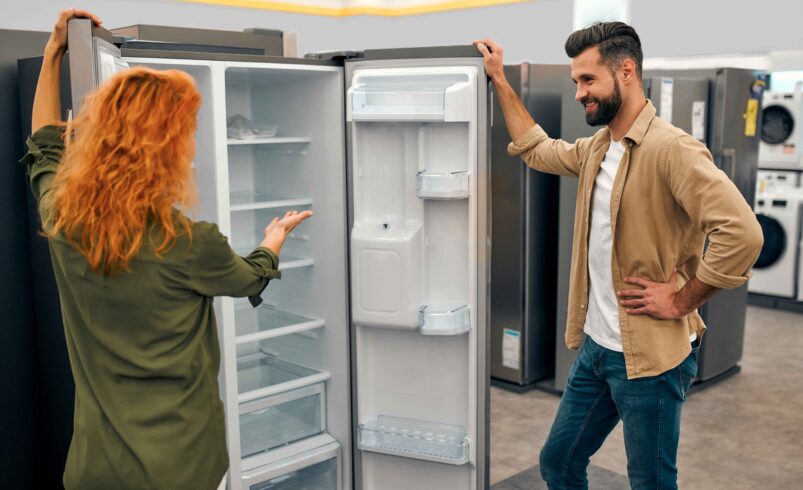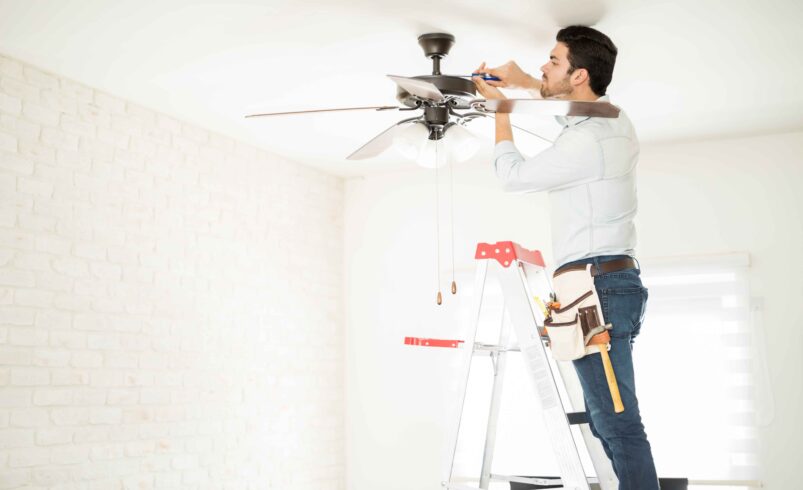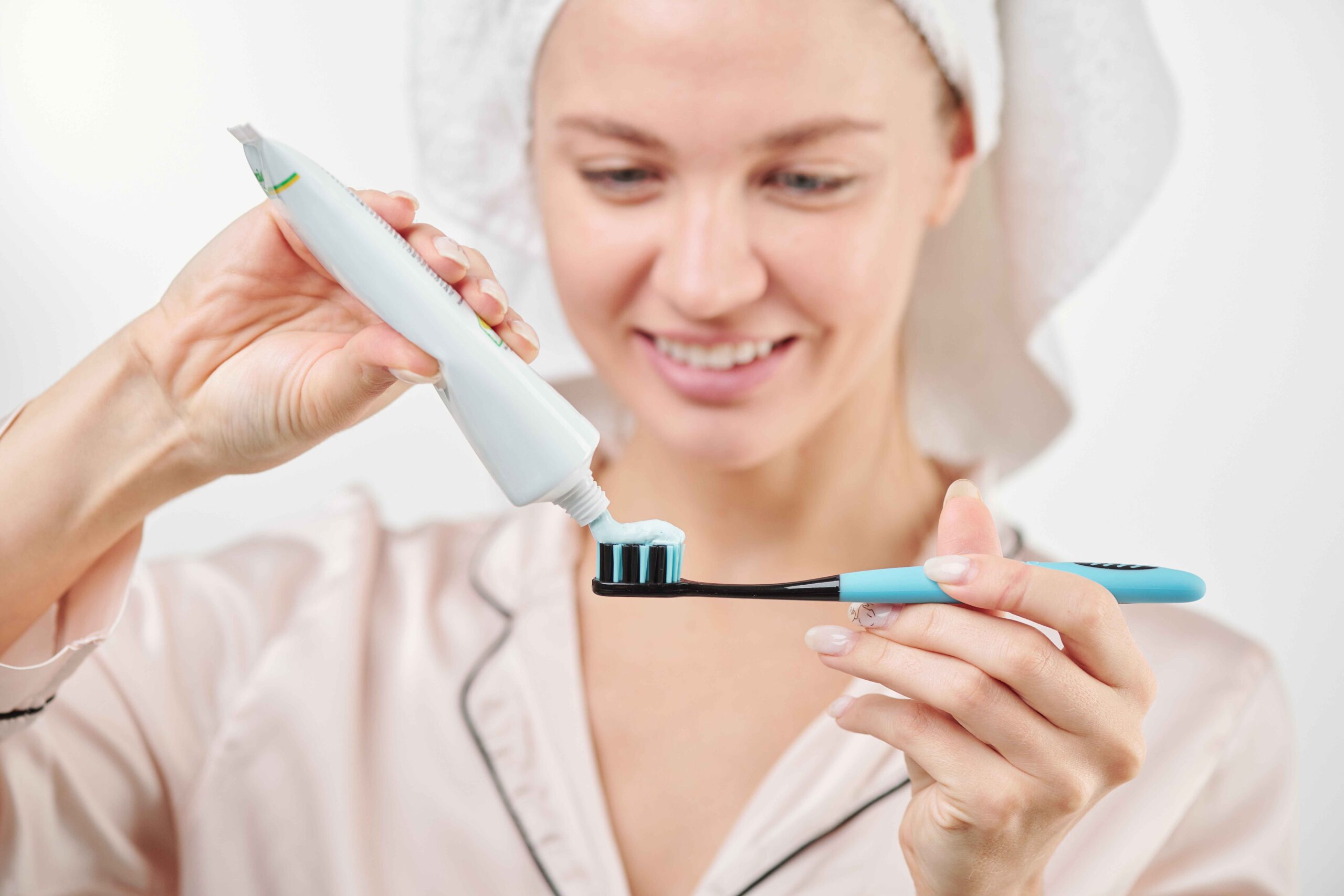My Refrigerator Is Not Cooling Properly—Here’s How to Diagnose and Fix It
- June 14, 2025
- 0
It prevents waste, cools your beverage, and preserves food freshness. However, your fridge swiftly becomes a big issue if it doesn’t cool as it should. Hot drinks, terrible










